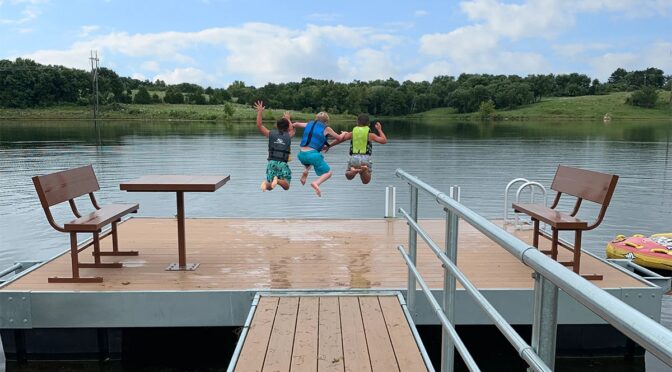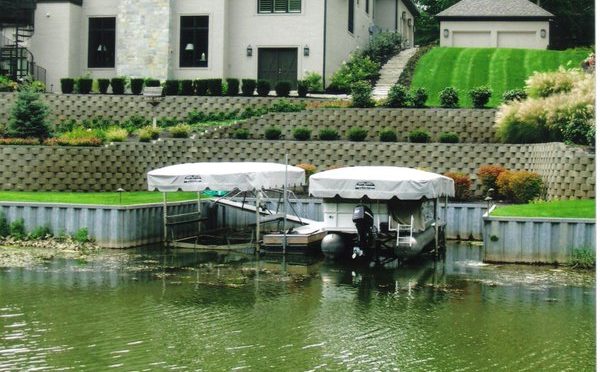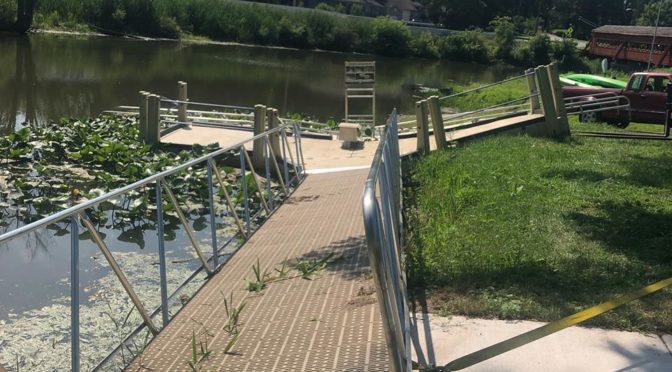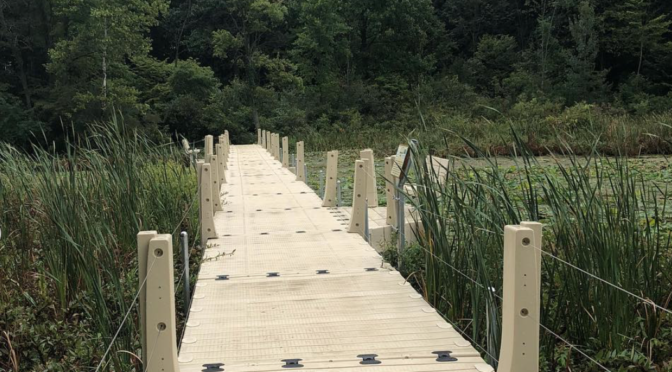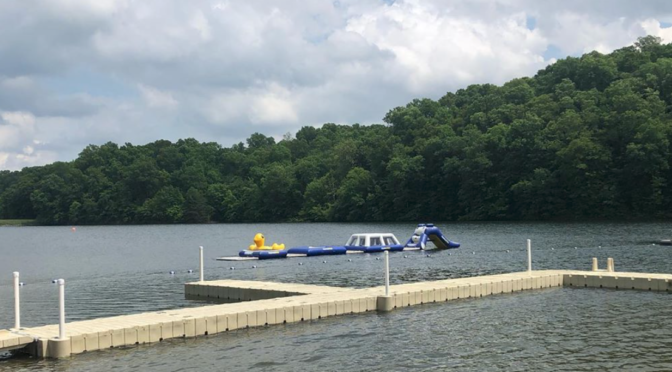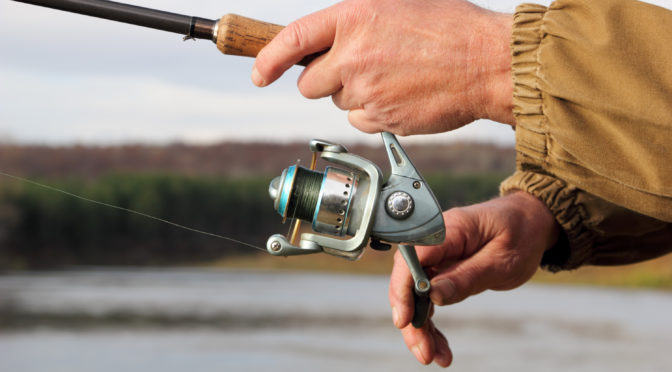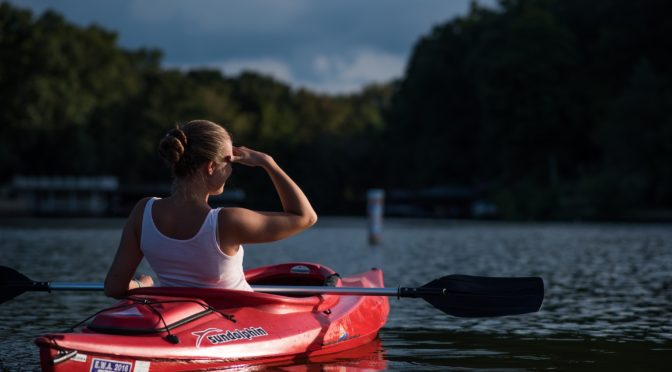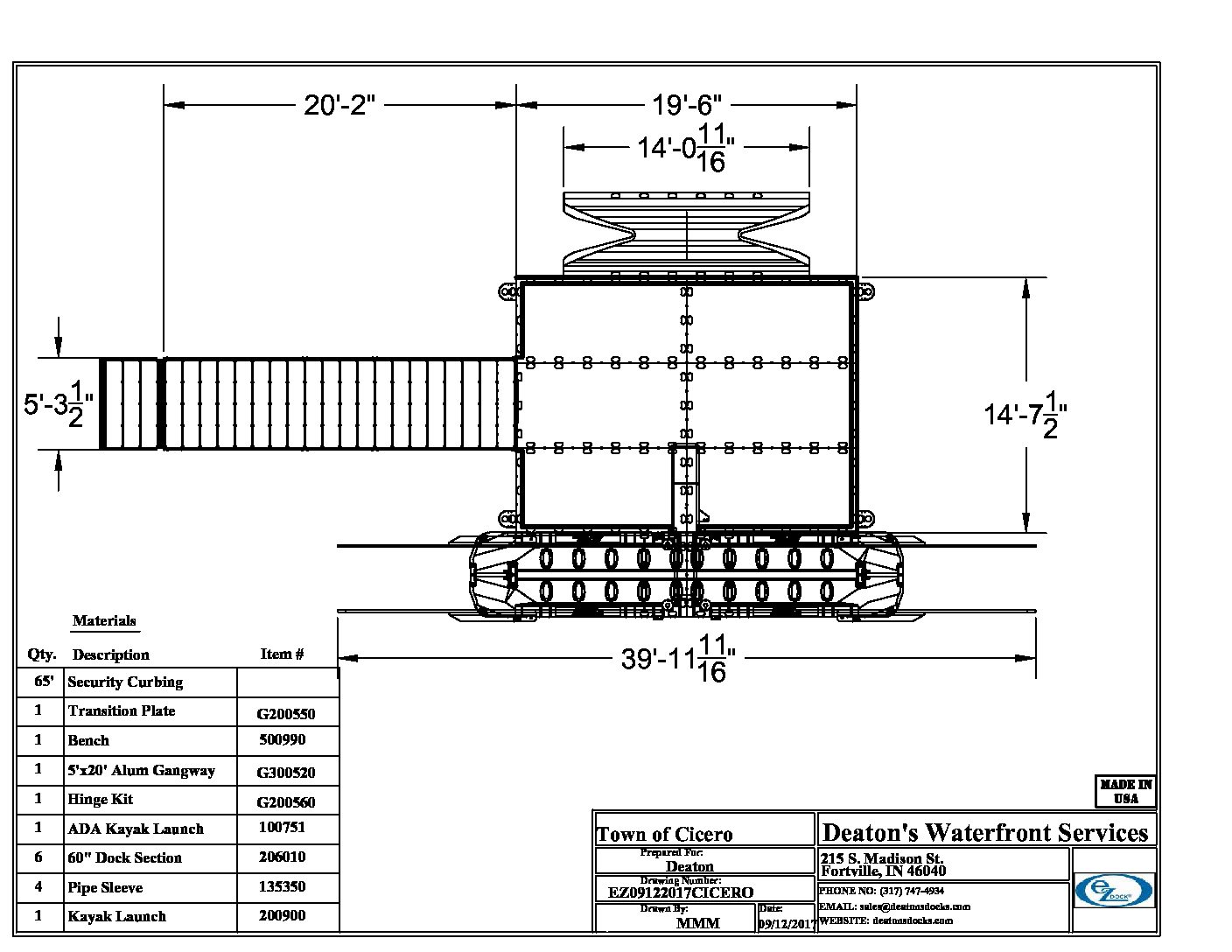Ponds, whether natural or man-made, provide a serene escape and enhance the aesthetic beauty of a property. And what better way to enjoy this tranquil water feature than with a perfectly suited pond dock? At Deaton’s Waterfront Services, we understand that every pond is unique. That’s why we offer a versatile range of pond dock solutions tailored to your specific needs. Dive in with us as we explore three standout dock types for ponds and their inherent benefits.

1. Stationary Pond Dock by Great Lakes Dock:
For those who desire a classic and sturdy setup, the stationary docks provided by Great Lakes Dock are second to none. These docks stand firmly on legs, providing a stable platform regardless of water level fluctuations. Perfect for ponds with consistent depths, they offer a timeless look and a durable design that can withstand the elements.
Benefits:
- Robust and stable structure.
- Low maintenance.
- Suitable for consistent water depths.
2. Custom Floating Pond Dock by Deaton’s Waterfront Services:
Floating docks rise and fall with the water level, making them an excellent choice for ponds that experience varying water depths. Our team at Deaton’s offers custom designs to ensure your floating dock complements the natural beauty of your pond while meeting functional requirements.
Benefits:
- Adaptable to changing water levels.
- Customized design to fit the unique aesthetics and needs of your pond.
- Seamless integration with the pond’s surroundings.
3. EZ Dock Modular System:
Flexibility is the name of the game with the EZ Dock Modular System. Not only can this dock adjust to different water levels, but its modular design allows for easy customization and expansion. What’s more, for those with wetland areas, the EZ Dock can be effortlessly transformed into an EZ Trail, providing a stable and eco-friendly pathway through marshy grounds.
Benefits:
- Highly customizable and expandable.
- Adapts to fluctuating water levels.
- Dual functionality: serves as a dock and can convert into a wetland trail.
- Environmentally conscious solution for wetland areas, reducing foot traffic impact.
Conclusion:
In conclusion, a pond, no matter its size, deserves the right dock to elevate the experience it offers. From stationary to custom floating, to the innovative modular systems, Deaton’s Waterfront Services is committed to ensuring you find the perfect match for your pond. Dive into the world of choices with us and witness how the right dock can transform your pond into an oasis of recreation and relaxation. If you are interested in a pond dock and would like to learn more, contact Deaton’s Waterfront Services today or give us a call at (317) 747-4933.

